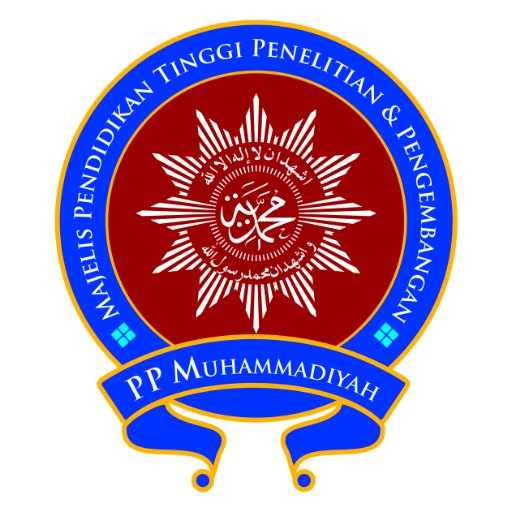Comprehensive Physiotherapy Program for Children with Erb’s Paralysis Cases: Case Report
DOI:
https://doi.org/10.53017/ujmr.149Keywords:
Obstetric Brachial Plexus Injury, Erb’s Palsy, PhysiotherapyAbstract
Obstetric Brachial Plexus Injury (OBPI) is a condition of brachial plexus lesions that occur during childbirth which can cause paralysis of the upper extremities which are divided into 3 categories based on the location of the lesion, namely, lesions of the upper plexus C5-C6 (Erb’s Palsy), lesions of the lower plexus C7-T1 (Klumpke’s palsy) and lesions on the upper & lower plexus C5-T1 which is a combination of the two. In this case the patient diagnosed Erb’s Palsy dextra due to several factors such as macrosomia with a Birth Weight 4800 gr, shoulder distortion, breech, Diabetes Milletus in the mother, and a long second stage of labor. This causes the patient to have a “waiter’s tip hand” deformity pattern and cry loudly when the hand is moved in any direction. The physiotherapy treatment provided is the provision of Infra-Red (IR), Neurosensory Motor Reflex Integration (NMRI) and Passive Range of Motion Exercise. After 4 times of therapy, the result showed a decrease in pressure pain from T0: 5 to T4: 4, a decrease in motion pain from T0: 10 to T4: 8 measured using the Wong-Baker FACES Pain Rating Scale, Primitive Reflexes from T0: negative to T4: positive, and an increase upper limb range of motion from T0: 2 to T4: 3 assessed using the Active Movement Scale (AMS). The results showed that Infra-Red, NMRI and Passive ROM Exercise were effective in the case of Erb’s Palsy.
Downloads
Downloads
Published
Issue
Section
License
Copyright (c) 2022 Intan Maulidia Fadhilah, Arif Pristianto, Bahertha Rachmatika

This work is licensed under a Creative Commons Attribution 4.0 International License.





